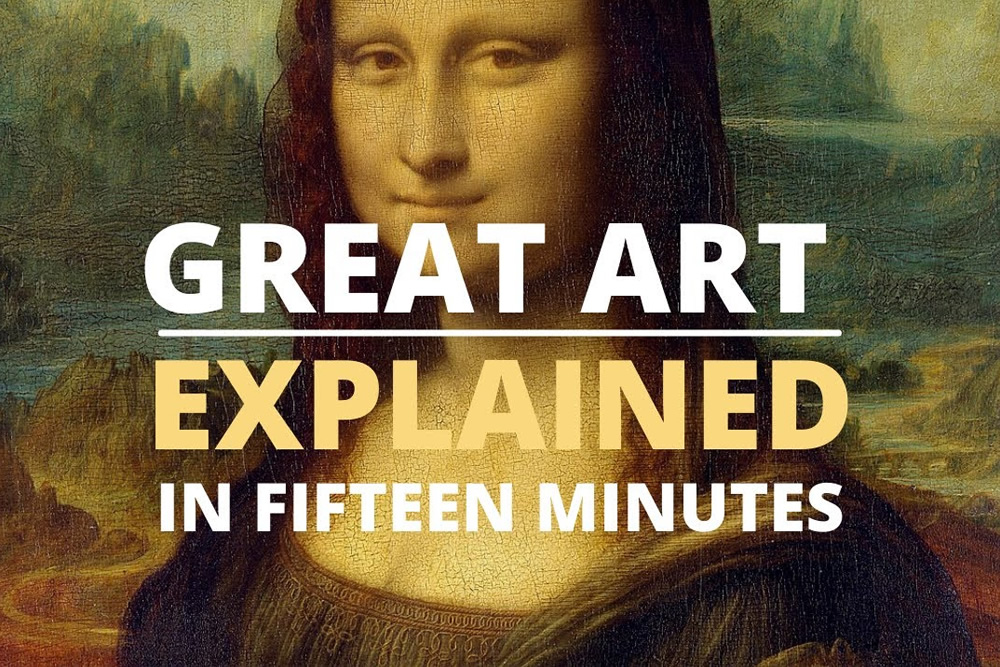When I search for something on Youtube, I found this video and an amazing explanation about the Mona Lisa painting in fifteen minutes. There are brilliant series of videos from this Youtube Channel called “The Great Art Explained”. Do visit the channel and explore other videos. Hope you will enjoy it.
Don’t miss to check:
- 25 Paintings Every Photographer Must Study
- Classical Indian Paintings by Raja Ravi Varma
- Classical Paintings by Rembrandt Harmenszoon van Rijn
- Classical Street Paintings By Petrus Van Schendel
About Mona Lisa Painting
The Mona Lisa is a half-length portrait painting by Italian artist Leonardo da Vinci. Considered an archetypal masterpiece of the Italian Renaissance, it has been described as “the best known, the most visited, the most written about, the most sung about, the most parodied work of art in the world”. The painting’s novel qualities include the subject’s enigmatic expression, the monumentality of the composition, the subtle modelling of forms, and the atmospheric illusionism.
The painting is probably of the Italian noblewoman Lisa Gherardini, the wife of Francesco del Giocondo, and is in oil on a white Lombardy poplar panel. It had been believed to have been painted between 1503 and 1506; however, Leonardo may have continued working on it as late as 1517. It was acquired by King Francis I of France and is now the property of the French Republic itself, on permanent display at the Louvre, Paris since 1797.
The title of the painting, which is known in English as Mona Lisa, comes from a description by Renaissance art historian Giorgio Vasari, who wrote “Leonardo undertook to paint, for Francesco del Giocondo, the portrait of Mona Lisa, his wife.” Mona in Italian is a polite form of address originating as ma donna – similar to Ma’am, Madam, or my lady in English. This became madonna, and its contraction mona. The title of the painting, though traditionally spelled Mona (as used by Vasari), is also commonly spelled in modern Italian as Monna Lisa (mona being a vulgarity in some Italian dialects), but this is rare in English.
Vasari’s account of the Mona Lisa comes from his biography of Leonardo published in 1550, 31 years after the artist’s death. It has long been the best-known source of information on the provenance of the work and identity of the sitter. Leonardo’s assistant Salaì, at his death in 1524, owned a portrait which in his personal papers was named la Gioconda, a painting bequeathed to him by Leonardo.











